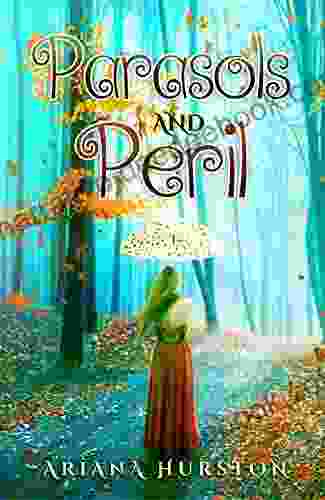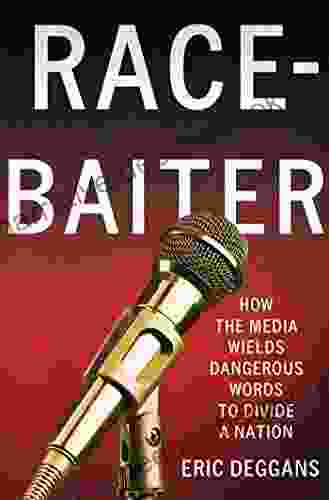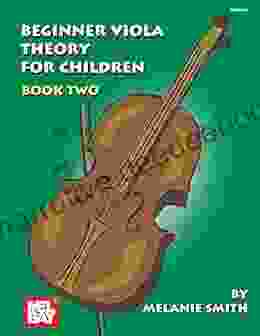Beginner Viola Theory for Children Part 2: Understanding Rhythms and Time Signatures

In the first part of this beginner viola theory series, we covered the basics of reading music notation, including the notes on the staff, the treble clef, and the bass clef. In this second part, we will delve into the world of rhythms and time signatures, which are essential for understanding how to play music accurately and expressively.
Rhythms are patterns of long and short notes that create the beat and pulse of music. The most common rhythms in beginner viola music are quarter notes, half notes, whole notes, and eighth notes.
- Quarter notes are the most basic type of note and are represented by a filled-in oval. They receive one beat.
- Half notes are twice as long as quarter notes and are represented by an open oval with a stem. They receive two beats.
- Whole notes are four times as long as quarter notes and are represented by a filled-in circle with a stem. They receive four beats.
- Eighth notes are half as long as quarter notes and are represented by a filled-in oval with a stem and a flag. They receive half a beat.
In addition to notes, there are also rests, which indicate silence. The most common rests in beginner viola music are quarter rests, half rests, and whole rests.
5 out of 5
| Language | : | English |
| File size | : | 25020 KB |
| Screen Reader | : | Supported |
| Print length | : | 134 pages |
- Quarter rests are represented by a diagonal line with a hook at the bottom. They receive one beat of silence.
- Half rests are twice as long as quarter rests and are represented by a diagonal line with a hook at the top and bottom. They receive two beats of silence.
- Whole rests are four times as long as quarter rests and are represented by a diagonal line with a hook at the top and bottom, connected by a vertical line. They receive four beats of silence.
Time signatures are used to indicate the number of beats in each measure and the type of note that receives one beat. They are written at the beginning of a piece of music and consist of two numbers stacked one on top of the other.
The top number of the time signature indicates the number of beats in each measure. The bottom number of the time signature indicates the type of note that receives one beat. For example, a time signature of 4/4 means that there are four beats in each measure and that the quarter note receives one beat.
The most common time signatures in beginner viola music are 4/4, 3/4, and 2/4.
- 4/4 time is the most common time signature and has four beats per measure with the quarter note receiving one beat.
- 3/4 time has three beats per measure with the quarter note receiving one beat.
- 2/4 time has two beats per measure with the quarter note receiving one beat.
Now that we have covered the basics of rhythms and time signatures, let's put it all together and see how it works in practice.
Here is a simple viola melody in 4/4 time:
E|----------------------| A|----0-----2-----3-----| D|---2-----0-----0-----| G|-0-----0-----0-----0--|
The top line of the music staff indicates the pitch of the notes, while of the music staff indicates the rhythm.
In this example, the first note is a quarter note, which receives one beat. The second note is a half note, which receives two beats. The third note is a whole note, which receives four beats. The fourth note is a quarter rest, which indicates one beat of silence.
The time signature of 4/4 tells us that there are four beats in each measure and that the quarter note receives one beat. Therefore, we can count the beats in the melody as follows:
1 2 3 4
Understanding rhythms and time signatures is essential for playing the viola accurately and expressively. By mastering these concepts, beginner viola students can develop a solid foundation for their musical journey.
5 out of 5
| Language | : | English |
| File size | : | 25020 KB |
| Screen Reader | : | Supported |
| Print length | : | 134 pages |
Do you want to contribute by writing guest posts on this blog?
Please contact us and send us a resume of previous articles that you have written.
 Page
Page Genre
Genre Reader
Reader Magazine
Magazine Newspaper
Newspaper Paragraph
Paragraph Sentence
Sentence Bookmark
Bookmark Shelf
Shelf Glossary
Glossary Bibliography
Bibliography Preface
Preface Synopsis
Synopsis Manuscript
Manuscript Bestseller
Bestseller Library card
Library card Narrative
Narrative Biography
Biography Memoir
Memoir Reference
Reference Dictionary
Dictionary Thesaurus
Thesaurus Narrator
Narrator Librarian
Librarian Catalog
Catalog Card Catalog
Card Catalog Borrowing
Borrowing Archives
Archives Periodicals
Periodicals Research
Research Scholarly
Scholarly Lending
Lending Academic
Academic Special Collections
Special Collections Literacy
Literacy Study Group
Study Group Thesis
Thesis Reading List
Reading List Theory
Theory Textbooks
Textbooks Kevin P Vida
Kevin P Vida Anjali Sebastian
Anjali Sebastian Lic Juan Gabriel Fermin Capellan
Lic Juan Gabriel Fermin Capellan Phil M Cohen
Phil M Cohen Ellen Alpsten
Ellen Alpsten Vicky Fang
Vicky Fang Sophia Hall
Sophia Hall Guy Arnold
Guy Arnold Miss Read
Miss Read Mike Berenstain
Mike Berenstain Auberon Herbert
Auberon Herbert Vampyre Lunakaray
Vampyre Lunakaray Peter Browning
Peter Browning W Joseph Campbell
W Joseph Campbell Heather Gudenkauf
Heather Gudenkauf Mike Murphy
Mike Murphy Charles E Gaudet Ii
Charles E Gaudet Ii Rose Elaine Lumley Brantley
Rose Elaine Lumley Brantley David Cunningham
David Cunningham Fin Goulding
Fin Goulding
Light bulbAdvertise smarter! Our strategic ad space ensures maximum exposure. Reserve your spot today!

 E.M. ForsterJourney to the Centre of the Earth: An Unforgettable Literary Exploration of...
E.M. ForsterJourney to the Centre of the Earth: An Unforgettable Literary Exploration of... Anthony BurgessFollow ·8.5k
Anthony BurgessFollow ·8.5k Ernest J. GainesFollow ·17.2k
Ernest J. GainesFollow ·17.2k Connor MitchellFollow ·11k
Connor MitchellFollow ·11k Glenn HayesFollow ·2.9k
Glenn HayesFollow ·2.9k Vincent MitchellFollow ·18.3k
Vincent MitchellFollow ·18.3k Greg CoxFollow ·18.1k
Greg CoxFollow ·18.1k Vernon BlairFollow ·11k
Vernon BlairFollow ·11k Sean TurnerFollow ·11.3k
Sean TurnerFollow ·11.3k

 Dallas Turner
Dallas TurnerParasols and Peril: Adventures in Grace
In the quaint town...

 Caleb Carter
Caleb CarterFlight Attendant Joe: A Dedicated Professional in the...
Flight Attendant Joe...

 Jerry Ward
Jerry WardPick Lottery The List For 23 States August 15 2024
The Pick Lottery is a multi-state lottery...

 Hudson Hayes
Hudson HayesHow the Media Wields Dangerous Words to Divide a Nation
In a world where the media is...

 Curtis Stewart
Curtis StewartThe Magic Mala: A Story That Changes Lives
In the realm of ancient traditions and...

 Raymond Parker
Raymond ParkerEarthly Meditations: A Poetic Tapestry of Nature,...
In the realm of contemporary...
5 out of 5
| Language | : | English |
| File size | : | 25020 KB |
| Screen Reader | : | Supported |
| Print length | : | 134 pages |










